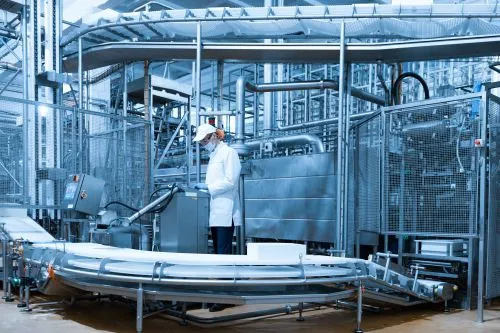1569

The successive crises of recent years – the pandemic, the war in Ukraine, and climate volatility – have redefined the concept of food security in Europe. From an abstract notion of agricultural policy, it has become a strategic priority, and today the term “agri-food resilience” carries economic, social, and geopolitical significance.
According to the European Commission (DG AGRI, 2024), the resilience of food systems refers to their ability to withstand and adapt to major shocks without compromising people’s access to safe and affordable food. At present, over 40% of EU member states are implementing national food resilience plans integrated into agricultural and energy policies.
FAO highlights three essential pillars of resilience: diversification of production, reduction of import dependency, and digitalization of agricultural flows. In Romania, vulnerability remains linked to the structural imbalance between small farms with limited resources and large integrated operations.
The OECD points out that investments in logistics, storage, and local processing can reduce post-harvest losses by up to 25% and strengthen domestic food security. Moreover, regional cooperation among EU states is becoming a key condition for supply stability.
In 2025, the Ministry of Agriculture and Rural Development (MADR) introduced a set of complementary measures within the National Strategic Plan 2023–2027, aimed at strengthening supply chains and creating regional food reserves. Among the priorities are the modernization of collection centers and the stimulation of local processing.
According to Eurostat, Romania imports over 20% of the basic food products consumed domestically, particularly processed meat, dairy, and fruit. Reducing this dependency is becoming a matter of national security, not just economic strategy.
Food resilience does not mean isolation, but intelligent adaptation. Post-crisis Europe is reorganizing around the principle: “produce locally, distribute smartly, consume responsibly.” Romania has the natural resources and human potential it needs—but must transform them into a sustainable system capable of withstanding the shocks of the future.
(Photo: Freepik)





